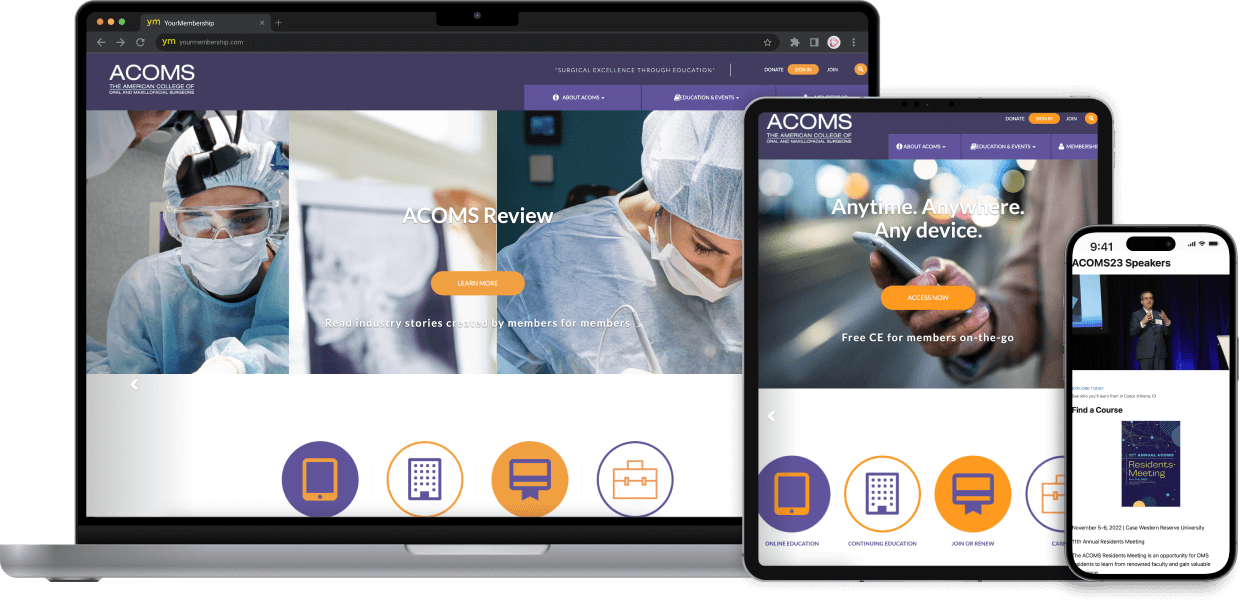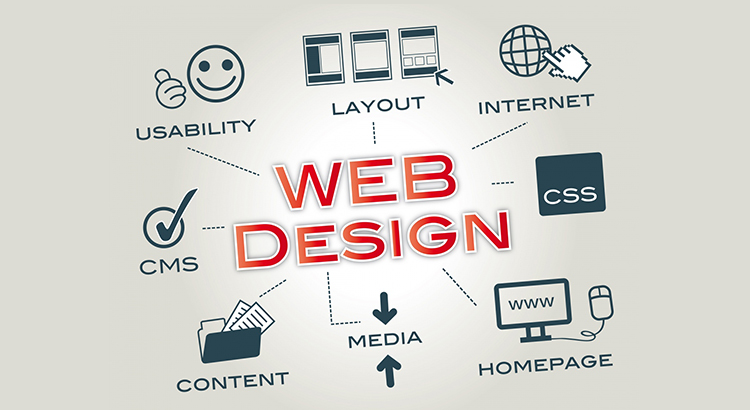Website Design in copyright: Building Mobile-Friendly Websites for Modern Audiences
Website Design in copyright: Building Mobile-Friendly Websites for Modern Audiences
Blog Article
Achieve Online Success With User-Friendly Site Design
In the progressively competitive electronic landscape, the style of a site can be a critical consider determining an organization's success. Straightforward style not only boosts the total individual experience yet additionally influences key metrics such as retention, conversion, and interaction prices. By prioritizing instinctive navigation and accessibility, companies can foster a much more comprehensive environment that attract a broader audience. Comprehending the certain principles and functions that add to reliable layout requires a better exam of current trends and finest techniques, which could reveal opportunities for considerable renovation.
Significance of Individual Experience
Customer experience (UX) plays a crucial duty in the success of a web site, as it straight influences user fulfillment and interaction. A positive UX makes certain that visitors can browse the website effortlessly, access details promptly, and total preferred actions, such as purchasing or signing up for a newsletter, without irritation.
In a digital landscape where competition is tough, a web site that prioritizes UX can considerably boost brand name loyalty and retention. Customers are most likely to return to a website that provides a smooth experience, producing a cycle of repeat gos to and increased consumer lifetime worth. Effective UX layout can reduce bounce rates, as customers are less likely to leave a site that satisfies their demands efficiently.
Moreover, search engines progressively think about individual experience elements when ranking websites. Therefore, investing in individual experience is important for attaining lasting success in the electronic industry.
Trick Concepts of User-Friendly Style
An effective easy to use layout depends upon a number of crucial concepts that boost usability and availability. First and leading is simpleness; a clutter-free interface enables users to navigate easily, minimizing cognitive tons. This concept stresses the relevance of succinct and clear material, allowing customers to discover info quickly without unneeded disturbances.
Uniformity is one more vital component. Regular usage of designs, typefaces, and colors fosters knowledge and develops count on. Customers ought to really feel comfortable as they explore various sections of the website, recognizing that comparable elements indicate relevant capabilities.
Reliable typography also plays an important duty in easy to use style. Understandable typefaces, appropriate dimensions, and ample spacing make sure that web content is conveniently understandable throughout different gadgets. Incorporating instinctive visual power structures assists customers identify vital information and actions at a look.

Vital Features for Navigation
Efficient navigation is essential for any user-friendly web site, as it straight influences the total user experience. A well-structured navigating system permits users to locate information swiftly and successfully, lowering frustration and boosting involvement.
One crucial feature is a instinctive and clear menu that categorizes web content realistically - website design copyright. This food selection should be quickly available from every page, usually positioned at the leading or on the side of the site. Furthermore, including breadcrumb navigating assists individuals comprehend their area within the site pecking order and makes it less complicated to backtrack
Search performance is another important component, enabling individuals to discover details material without sorting through multiple pages. This attribute must be plainly shown and receptive to variations in input.
Moreover, a mobile-responsive style guarantees that navigation continues to be seamless throughout devices. As mobile usage remains to climb, menus must adjust to different display dimensions without jeopardizing functionality.
Finally, aesthetic hints such as highlighting the energetic page and utilizing hover effects can boost user interaction. By incorporating these crucial attributes, website designers can create a navigational experience that is not just straightforward but likewise encourages expedition and retention.
Ease Of Access Considerations
Accessibility considerations are indispensable to creating an user-friendly site that caters to all people, despite their disabilities or capabilities (website design copyright). Sites have to be designed to ensure that customers with visual, auditory, cognitive, or electric motor disabilities can engage with material successfully. This begins with adherence to the Internet Material Accessibility Guidelines (WCAG), which offer a framework for making electronic material much more available
Secret practices include the use of descriptive alternate text for images, making certain shade contrast proportions fulfill availability requirements, and giving inscriptions for Click This Link multimedia components. In addition, the navigating should be user-friendly, permitting customers to tab through links and interactive components quickly. Executing keyboard navigation is critical for those unable to utilize a computer mouse.
In addition, clear and succinct language enhances comprehension for customers with cognitive restrictions. Forms need to be uncomplicated, with labels and guidelines that are understandable. Normal ease of access screening, including user feedback from people with handicaps, can assist boost and recognize obstacles usability.
Determining Design Success

User comments surveys and usability testing are vital in assessing the effectiveness of design elements. These methods allow designers to gather direct input from customers, recognizing discomfort factors and locations for enhancement. Furthermore, tracking heatmaps can reveal where users click most regularly, assisting to notify design modifications and material prioritization.
Google Analytics can track More hints user behavior, disclosing patterns that suggest whether the design is impeding the customer or helping with trip. Inevitably, a successful web site design not only meets service purposes but also cultivates a satisfying and smooth customer experience, driving engagement and loyalty over time.
Conclusion
In final thought, straightforward website design is critical for accomplishing on-line success. Focusing on user experience through simplicity, user-friendly navigation, and effective feedback devices not just improves user interaction and complete satisfaction yet additionally cultivates brand name commitment. Including vital navigation functions and access factors to consider additionally makes sure that all individuals can efficiently communicate with the site. Eventually, determining layout success provides valuable understandings that assist constant enhancement, solidifying a solid on-line existence in a competitive digital landscape.
Sites have to be created to ensure that customers with visual, acoustic, cognitive, or motor disabilities can engage with material successfully.Measuring see here now style success involves reviewing exactly how successfully an internet site meets its designated goals while supplying a favorable individual experience. Google Analytics can track customer actions, exposing patterns that show whether the design is promoting or impeding the individual journey. Eventually, an effective website style not just meets company purposes but likewise cultivates a smooth and pleasurable user experience, driving involvement and loyalty over time. Focusing on user experience with simpleness, instinctive navigating, and effective comments systems not just boosts customer engagement and complete satisfaction but also promotes brand loyalty.
Report this page